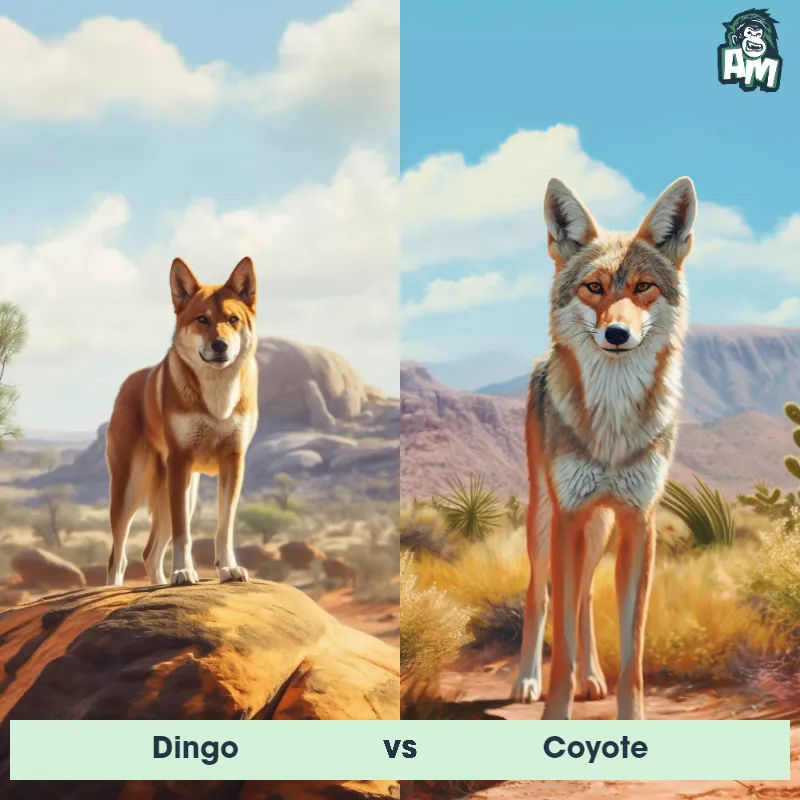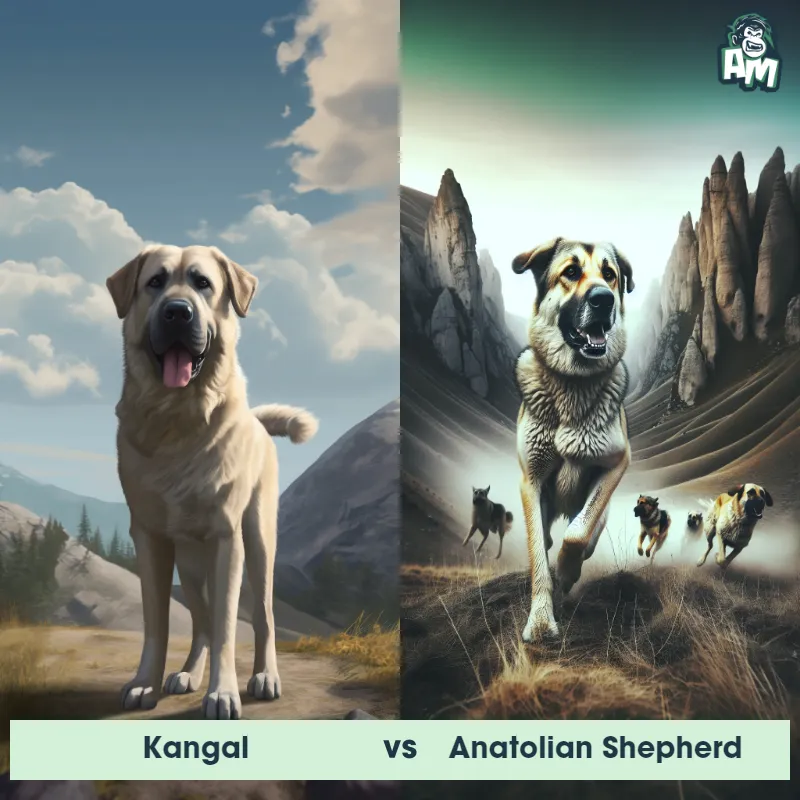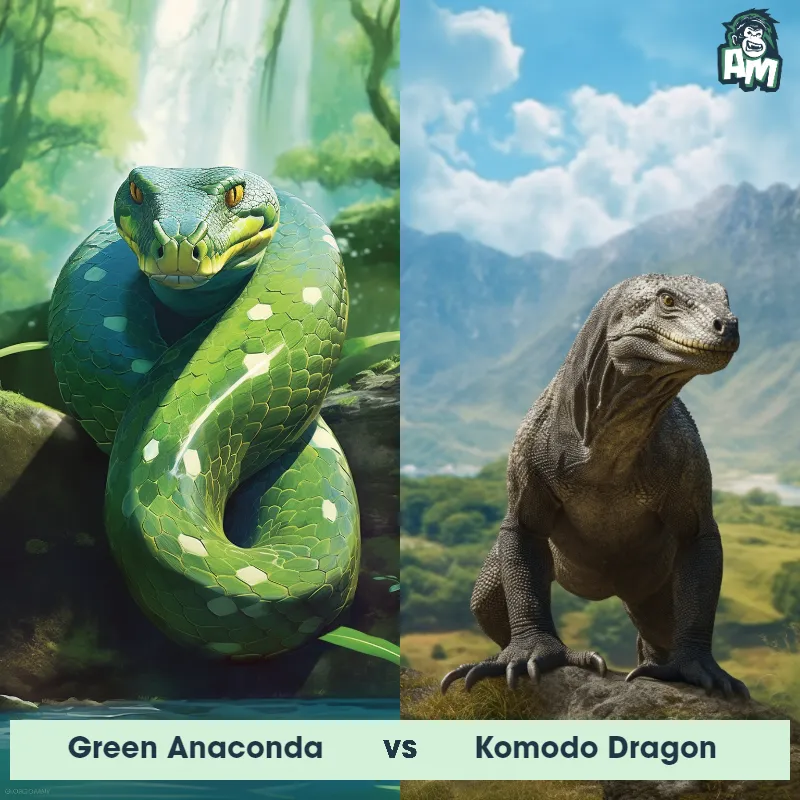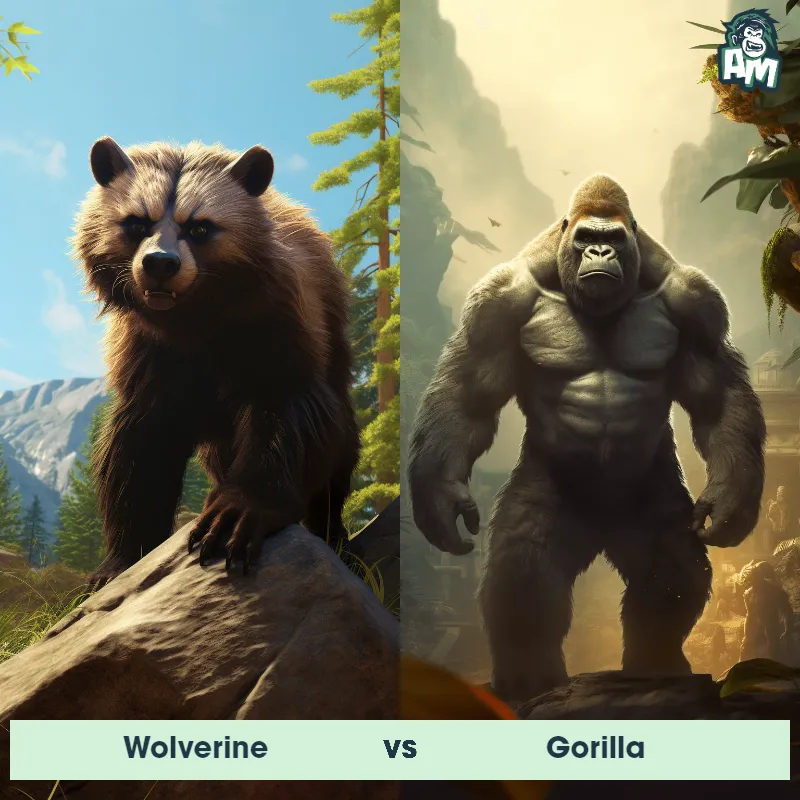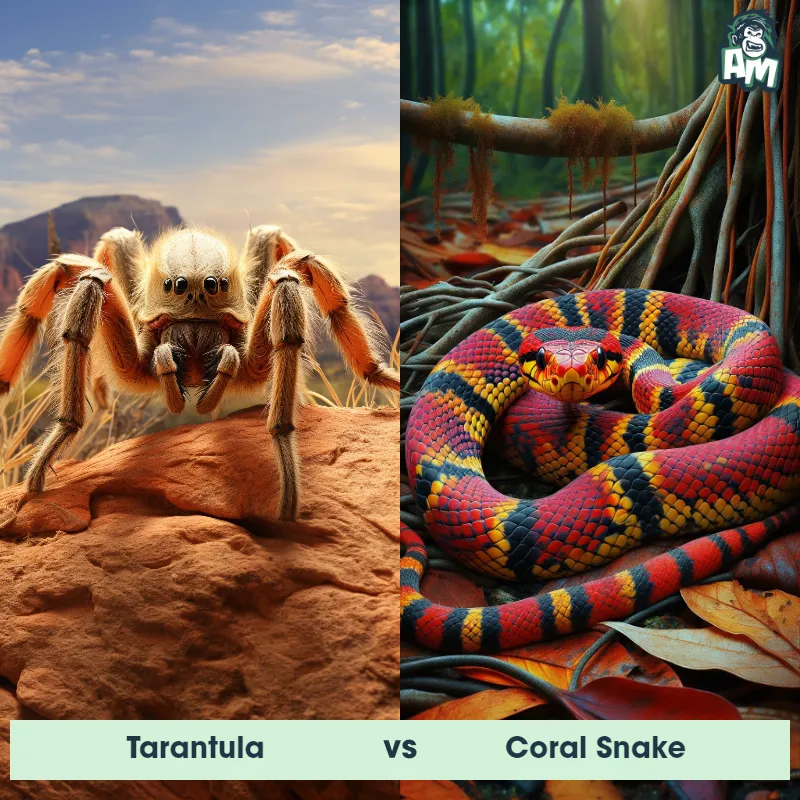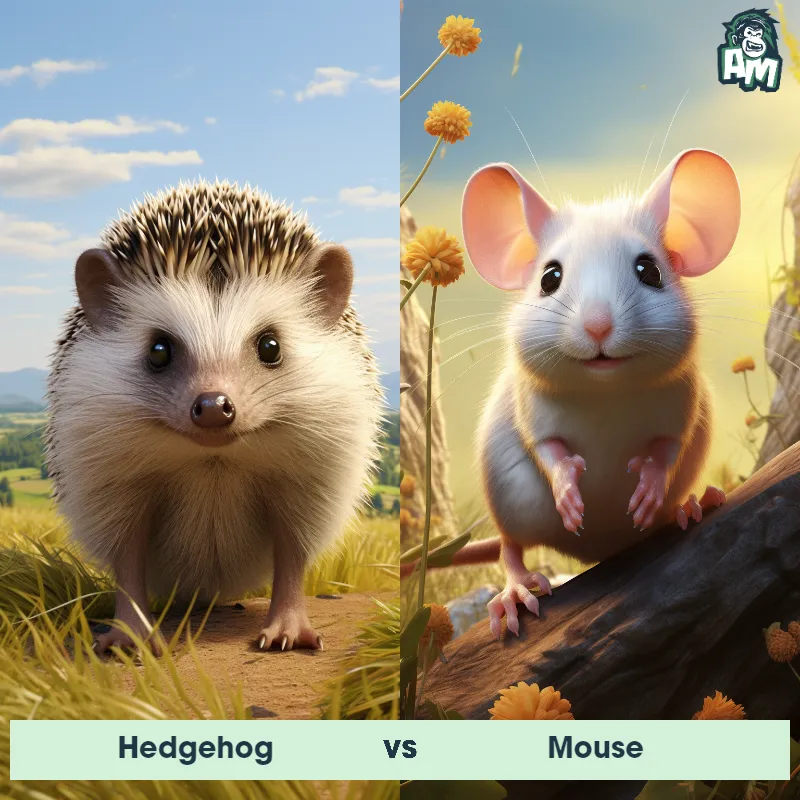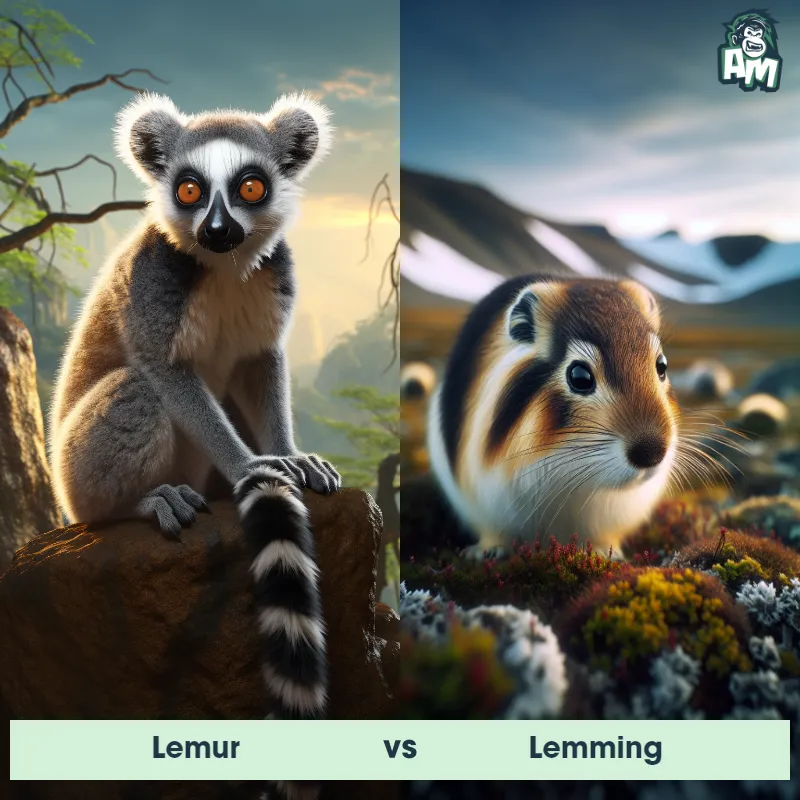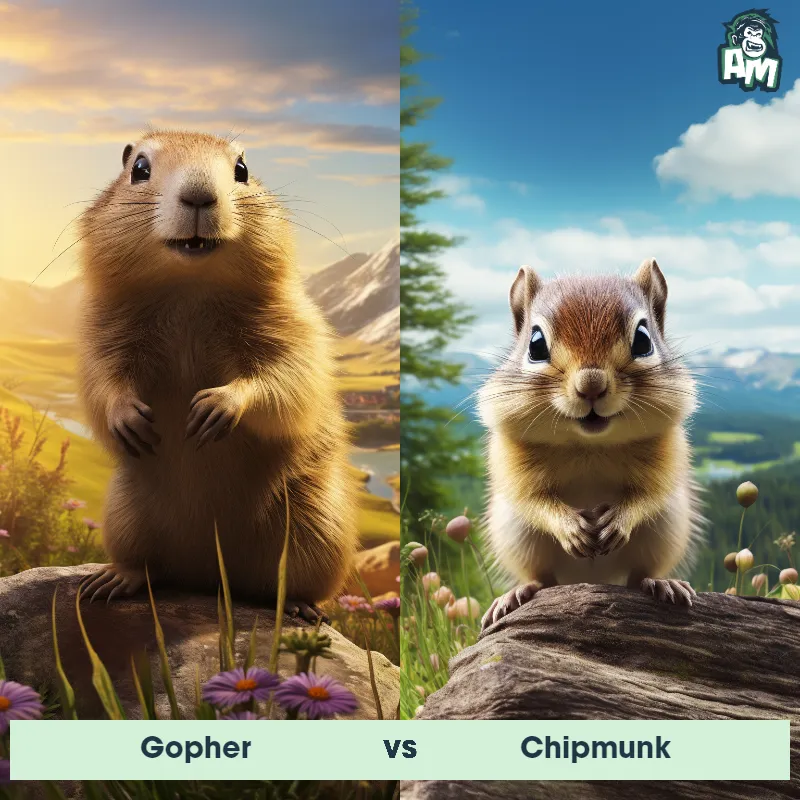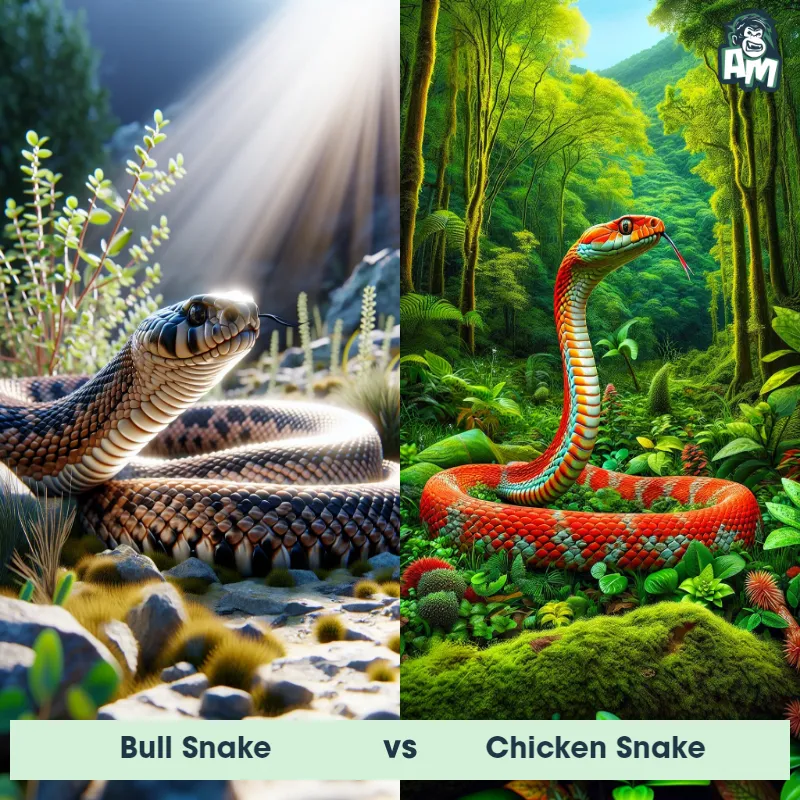Olive Baboon vs LionSee Who Wins

Welcome to this highly anticipated matchup between the Olive Baboon and the Lion. Both of these animals are known for their strength and agility, so we can expect a fierce battle between them tonight.
Contender 1: Olive Baboon
The Olive Baboon, also known as the Anubis Baboon, is a species of baboon native to parts of East Africa and the Arabian Peninsula. These social primates are easily recognized by their large size, with males typically weighing around 30-40 kilograms and females being slightly smaller. Olive Baboons have short, coarse fur that ranges in color from yellowish-brown to gray, and their faces are hairless with prominent muzzles. They possess long, powerful limbs with grasping hands and opposable thumbs, making them adept climbers and walkers. With their impressive canines and protruding face bones called ischnia, they exhibit a robust appearance. These baboons are known for living in large groups called troops, which can contain up to 150 individuals, and engaging in complex social interactions.
Fun Fact: One fascinating fact about Olive Baboons is that they have a diverse diet, which includes a wide range of fruits, leaves, seeds, insects, small vertebrates, as well as occasional carrion and even soil, making them opportunistic omnivores.
Contender 2: Lion
The lion, often referred to as the 'king of the jungle,' is a large, powerfully built cat known for its tawny coat and, in males, a magnificent mane. They are native to Africa and a small region in western India. Adult male lions can weigh up to 420 pounds, while females, who are primarily responsible for hunting, are slightly smaller. Lions are social animals and live in groups called prides, which are usually composed of related females, their cubs, and a small number of adult males.
![[object Object] Gif](https://tenor.com/view/lion-yawning-yawn-tired-exhausted-gif-12230852.gif)
Fun Fact: Lions are the most socially inclined of all wild felids, most of which remain quite solitary in nature.
Matchup Stats
| Olive Baboon | Lion | |
|---|---|---|
| Size | 2-3 feet (60-90 cm) tall | 4.5 to 6.5 feet long (body length), 3.5 to 4 feet tall at the shoulder (1.4 to 2 meters long, 1 to 1.2 meters tall) |
| Weight | 66-88 pounds (30-40 kg) | Up to 420 pounds (190 kilograms) |
| Speed | 34mph (55km/h) | 50mph (80km/h) |
| Key Strength | Powerful jaws and canines | Powerful build, strong jaws, sharp claws |
| Biggest Weakness | Vulnerable to attacks on their lower body | Less agile compared to other big cats, dependent on strength and power |
Current Votes
Olive Baboon vs Lion
See Who Wins
View More Matches
Looking For More?
Similar Matches
Scientific Stats
| Olive Baboon | Lion | |
|---|---|---|
| Scientific Name | Papio anubis | Panthera leo |
| Family | Cercopithecidae | Felidae |
| Habitat | Forests, savannas, and woodland areas | Grasslands, savannas, dense bush, and woodlands |
| Geography | East Africa and the Arabian Peninsula | Africa and a small region in western India |
| Diet | Fruits, leaves, seeds, insects, small vertebrates, carrion, and soil | Carnivorous, primarily large ungulates |
| Lifespan | 20 years - 30 years | 10 years - 14 years |
Key Differences between Olive Baboon and Lion
- Size: Lions are much larger and heavier than Olive baboons, with adult males weighing up to 420 pounds compared to male baboons at around 55 pounds.
- Coloration: While both species have fur that can range from yellow to brown, lions have a tawny-colored coat with a mane surrounding their head, while baboons have a darker olive-brown coat with a lighter underside.
- Tail: Lion tails have a distinctive tuft of fur at the end that is absent in Olive baboons, whose tails are long and slender with a slight curve at the end.
- Ears: Lions have rounded, prominent ears that are always visible, while Olive baboons have smaller, pointed ears that are often obscured by their fur.
- Behavior: Lions are apex predators that live in prides, while Olive baboons are social animals that live in large troops and are known for their complex social structure and hierarchical ranking.
- Facial features: Lions have a prominent mane around their face, giving them a regal appearance, whereas Olive baboons have a hairless face with a prominent muzzle and large, dog-like snout.



